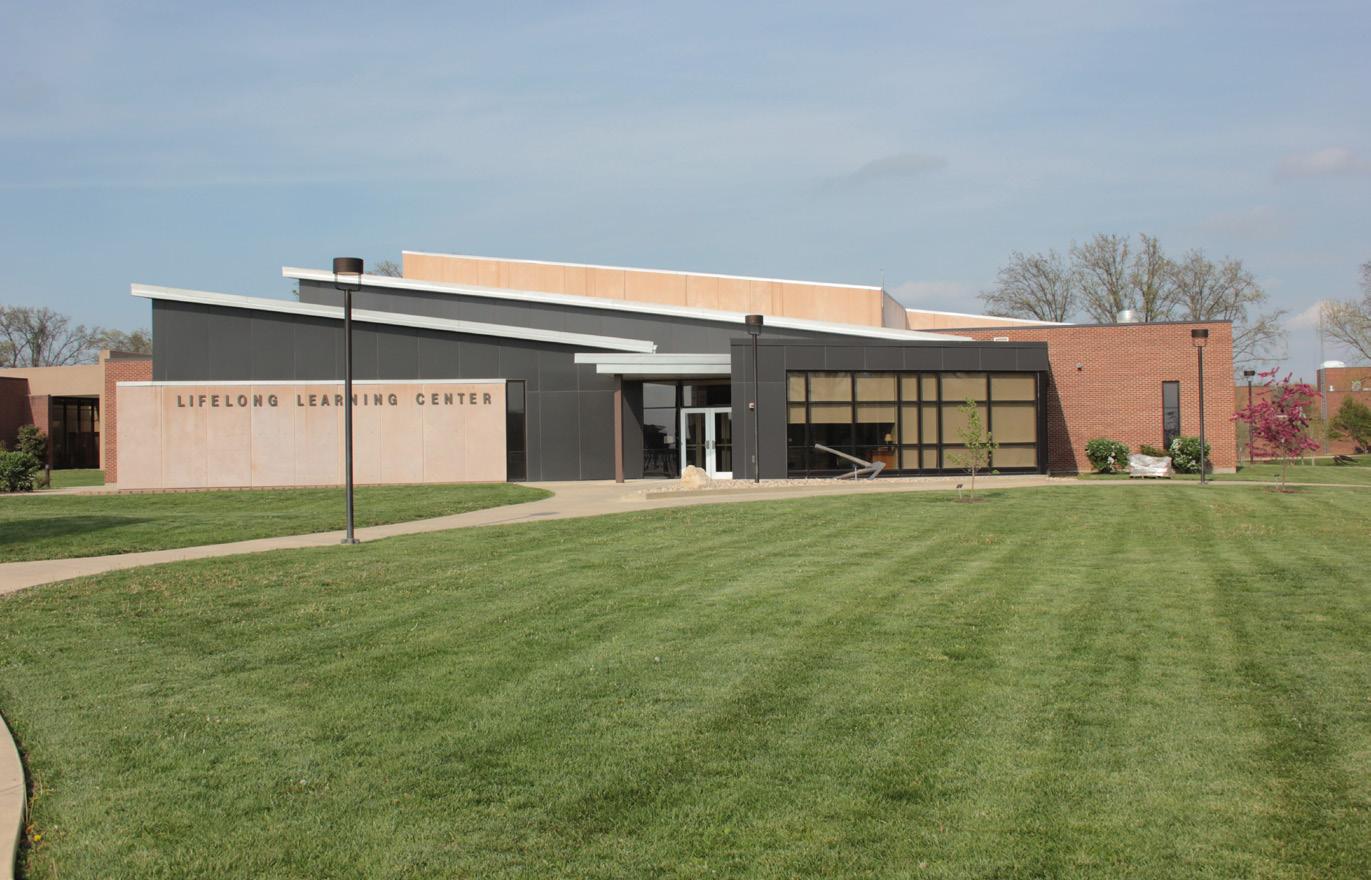Student perspective To enroll in postsecondary education, students pay money for tuition and forego monies that otherwise they would have earned had they chosen to work instead of attend college. From the perspective of students, education is the same as an investment; i.e., they incur a cost, or put up a certain amount of money, with the expectation of receiving benefits in return. The total costs consist of the
STUDENT COSTS
monies that students pay in the form of tuition and fees and the opportunity costs of foregone time and money. The benefits are the higher earnings that students receive as a result of their education.
Out-of-Pocket Expenses
Calculating student costs Student costs consist of two main items: direct outlays and opportunity costs.
Opportunity Costs
Direct outlays include tuition and fees, net of allowances, equal to $5.4 million from Figure 1.1. Direct outlays also include the cost of books and supplies. On
STUDENT BENEFITS
average, full-time students spent $1,437 each on books and supplies during the reporting year.20 Multiplying this figure by the number of full-time equivalents (FTEs) produced by KC in FY 2018-1921 generates a total cost of $2.5 million for
Higher Earnings from Education
books and supplies. In addition to the cost of tuition, books, and supplies, students also experienced an opportunity cost of attending college during the analysis year. Opportunity cost is the most difficult component of student costs to estimate. It measures the value of time and earnings foregone by students who go to the college rather than work. To calculate it, we need to know the difference between the students’ full earning potential and what they actually earn while attending the college. We derive the students’ full earning potential by weighting the average annual earnings levels in Table 1.4 according to the education level breakdown of the student population when they first enrolled.22 However, the earnings levels in Table 1.4 reflect what average workers earn at the midpoint of their careers, not while attending the college. Because of this, we adjust the earnings levels to the average age of the student population (22) to better reflect their wages at their current age.23 This calculation yields an average full earning potential of $13,400 per student. 20 Based on the data provided by KC. 21 A single FTE is equal to 30 CHEs, so there were 2,021 FTEs produced by students in FY 2018-19, equal to 61,234 CHEs divided by 30 (excluding personal enrichment students). 22 This is based on students who reported their prior level of education to KC. The prior level of education data was then adjusted to exclude dual credit high school students. 23 Further discussion on this adjustment appears in Appendix 6.
Chapter 3: Investment Analysis
33






